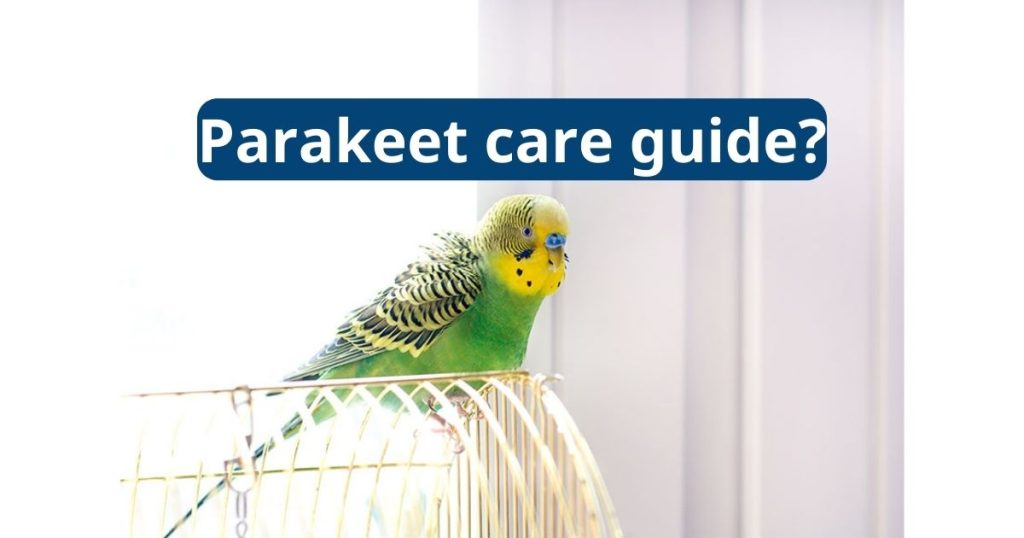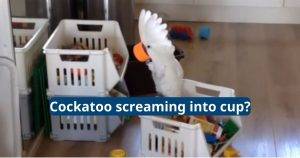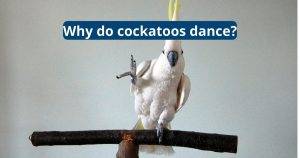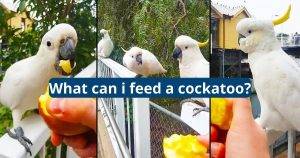Parakeet Care Guide

Budgies, or parakeets, are cheerful little birds that make great pets for anyone willing to take the time to care for them. They are relatively easy to tame, and with the right care can live for many years. Parakeets are easy to feed as long as they have access to high-quality bird pellets and seeds, along with fresh fruits and vegetables. This parakeet care guide will provide everything you need to know to keep your budgies healthy and happy.
Feeding
A parakeet’s diet is mainly seeds and fruit, which they consume both in their natural habitats and as pets. While an all seed diet is fine for some birds, it needs to be supplemented in the case of parakeets to provide them with enough vitamins, minerals and amino acids.
Most pet stores offer a specialized budgie seed mix. This can be mixed with pellets to give the bird a more balanced meal. These pellets are often enriched with different nutrients like calcium and vitamins.
Other items that can be fed to a parakeet are fresh fruits and vegetables like green leafy vegetables, sprouted mung beans, Bengal gram, peanuts, etc., and a variety of other seeds, grains and nuts like sunflower seeds, safflower seeds, millet, charaunji seeds (Buchanania lanzan), pumpkin seeds, and melon seeds. It is also good to offer dried fruits, especially apricots, bananas, mangoes, pears, lychees, and pineapple.
Flowers and buds are another food that is very popular with budgies, though they may not eat the entire flowers or buds. They are usually offered as enrichment rather than a part of their diet.
As a treat, some people feed budgies strips of multi-grain bread, cheese and cottage cheese in small quantities. Cuttlebone too can be given in minute amounts as it is rich in calcium. Eggs can be offered as well once or twice a week but should always be boiled.

Exercise
Parakeets need to exercise in order to keep fit. This can be done by playing with them or having them play in a cage with toys. Exercise is also important to help them relieve stress and boredom. This is especially true for young budgies, who have not yet learned how to calm themselves.
It’s a good idea to trim your budgie’s wings and nails. However, it’s always best to have a vet show you how to do this. This is because small birds like budgies have very little blood in their body, and they can easily suffer a hemorrhage if you clip them incorrectly.
In addition, you should only let your budgie fly around the house in rooms that are secured, as they can be harmed by many items inside and outside the home. Moreover, they can even escape out of open windows or doors.
Keeping more than one budgie can be stressful for both you and the bird, as you will have to clean their cage more often and feed them more food. You will also have to break up conflicts between the two birds. Therefore, it’s a good idea to only have as many budgies as you can handle. Budgies that are raised together tend to get along better than those that were raised individually.
Training
If you’ve been able to get your parakeet to like you and trust you, you can start training it for more advanced tricks. Teaching your pet to step onto your finger or a perch is one of the first skills you should work on, because it will help build trust and set a good foundation for more complicated tricks. You can do this by holding your hand or a perch in front of it, encouraging it to step on, and then rewarding it with millet. Do this a few times a day until your budgie is comfortable with the technique.
You can also train your budgie to come to you when called. To do this, spend 10 to 15 minutes several times a day sitting near its cage and talking in a soft voice. Your budgie will begin to associate these sessions with treats and rewards, and it should eventually start to come out of its cage whenever you call it.
During the training process, remember that parakeets don’t respond well to punishment. Punishing your bird for making a mistake can make it distrust you, which may derail the whole training process. If your parakeet isn’t responding to certain commands, try switching up the reward system or simply giving it more attention. If you’re still having trouble, talk to a professional trainer to learn more about training a parrot.

Care
Parakeets, or budgies, are popular pets in pet stores and they are often thought of as easy to care for. However, they do have unique needs that you should understand before bringing one home. This includes proper diet, exercise, environment and routine veterinary care.
If you choose to adopt a parakeet, be sure that you have the right cage and a safe room in which to keep it. A well-fitting cage can make all the difference in your budgie’s happiness and health. The cage should be draft-free and not in direct sunlight. It should also be large enough so that your budgie can move around and play, but not so big that it cannot jump.
You will need to clean the cage regularly, and it is a good idea to change the cage substrate every two weeks to prevent ammonia buildup. You should also add fresh water to the cage daily to avoid dehydration. You can also give your budgie fresh fruit and vegetables as a treat, but you should only feed them two to three times per week as these foods are high in sugar.
Most budgies enjoy being handled and stroked, but they may not be used to it when you first get them. Be patient and approach them slowly, letting them become comfortable with your presence. Once they are tame, they will enjoy walking on your finger or hand and being held. It is important to have a pair of nail clippers and styptic powder on hand for the trimming of your budgie’s nails and wings.





